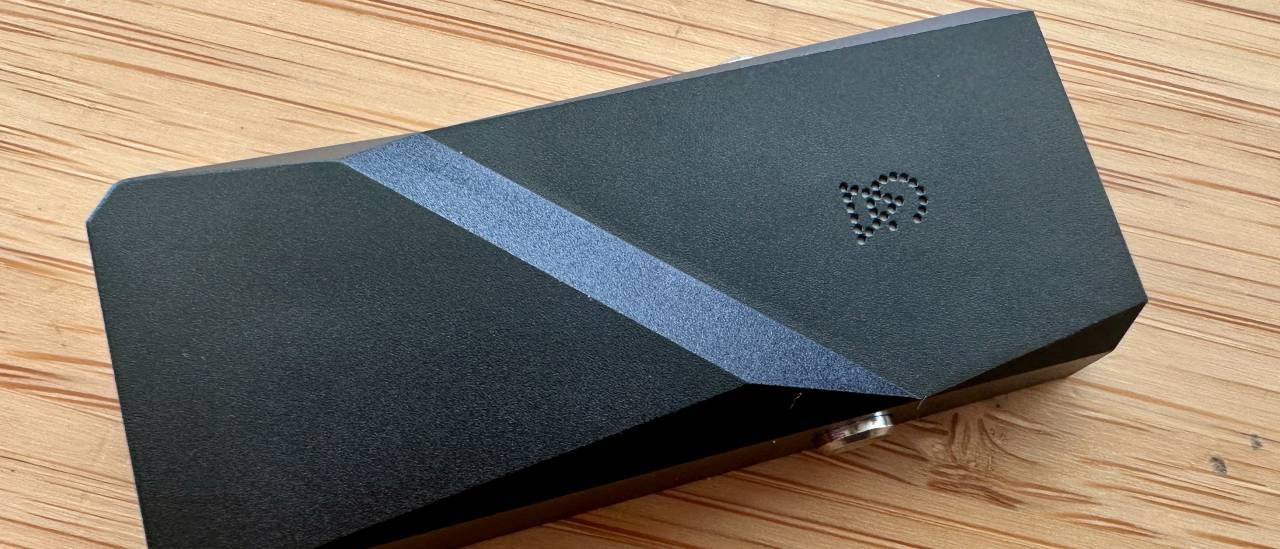TechRadar Verdict
The campfire Audio Relay is a very worthwhile new entry into the ever-expanding list of portable USB headphone amp/DACs, and it’s one with a very specific sonic flavor of its own. It’s worth performing a taste-test of your own before you commit, though…
Pros
- +
Positive and revealing sound
- +
Impressive spec and file compatibility
- +
Compact and carefully made
Cons
- -
Upfront sonic character can be tiring
- -
No user interface to speak of
- -
Among your pricier options
Why you can trust TechRadar
Campfire Audio Relay: Two-minute review
Campfire Audio of Portland, Oregon is not, on the face of it, the most likely company to start competing in the portable USB headphone amp/DAC market. After all, this is a company that revels in doing things its own way, and with a product like this, there’s little scope for individualism.
So the Relay is an unremarkable-looking device by the company’s standards, but it’s certainly compact and well-made enough to compete. Between its AKM 4493 SEQ DAC chip with wide file and resolution compatibility, and its choice of balanced or unbalanced analog outputs, though, it’s specified to a high standard, too. Its basic user interface doesn’t give any indication of the resolution of the file that’s playing, though, which looks a bit remedial against its most obvious and most capable rivals.
In action, the Relay is a revealing, organized, nicely unified listen, one that’s endlessly forthright for better or for worse. Its upfront nature suits some recordings much more than it suits others, it must be said, and while there’s always a market for a hefty dose of sonic excitement it’s not the sort of attitude that automatically lends itself to long listening sessions.
One of the best portable DACs around? Maybe more 'best of the rest', but certainly one to consider if you can road test it first.
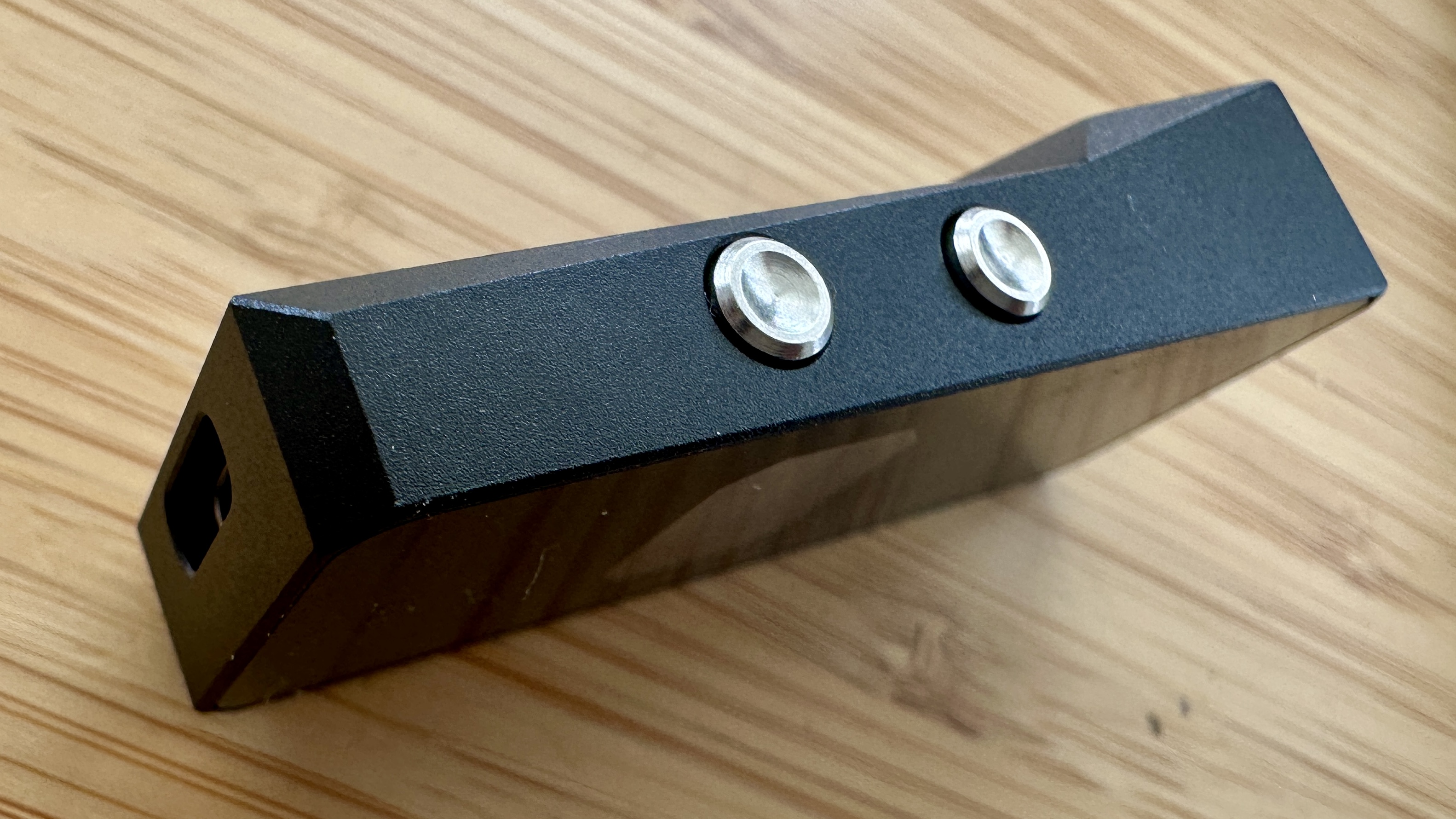
Campfire Audio Relay review: Price and release date
- Release date: July 2025
- Price: $229 / £229 / AU$399
The Campfire Audio Relay USB headphone amp/DAC is on sale now, and in the company's native United States it costs $229. In the United Kingdom it's £229, while in Australia it goes for AU$399.
Of course, it’s not as if the Relay is your only choice. We’ve heard and enjoyed alternatives from the likes of Audioquest, Helm and iFi lately, so the Campfire Audio has some stiff competition.
Campfire Audio Relay review: Features
- AKM 4493 SEQ DAC
- Balanced and unbalanced outputs
- DSD and PCM 32bit/768kHz
Products such as this tend to have quite a restricted feature-set. And while this is also true of the Relay, what it’s got is right on the money.
Sign up for breaking news, reviews, opinion, top tech deals, and more.
Digital audio information comes in via the USB-C 2.0 slot on the top of the device. From there it’s delivered to an AKM 4493 SEQ DAC chipset that Campfire Audio alighted on for its “analog warmth” and “incredible tonality”. It’s capable of dealing with DSD and PCM content of up to 32bit/768kHz resolution, which really should be plenty.
Once the AKM has converted it, the analog information is output via one of two low-noise, high-output drivers – one feeds a single-ended 3.5mm output, the other a 4.4mm balanced alternative, both of which are on the bottom of the Relay.
Features score: 5 / 5
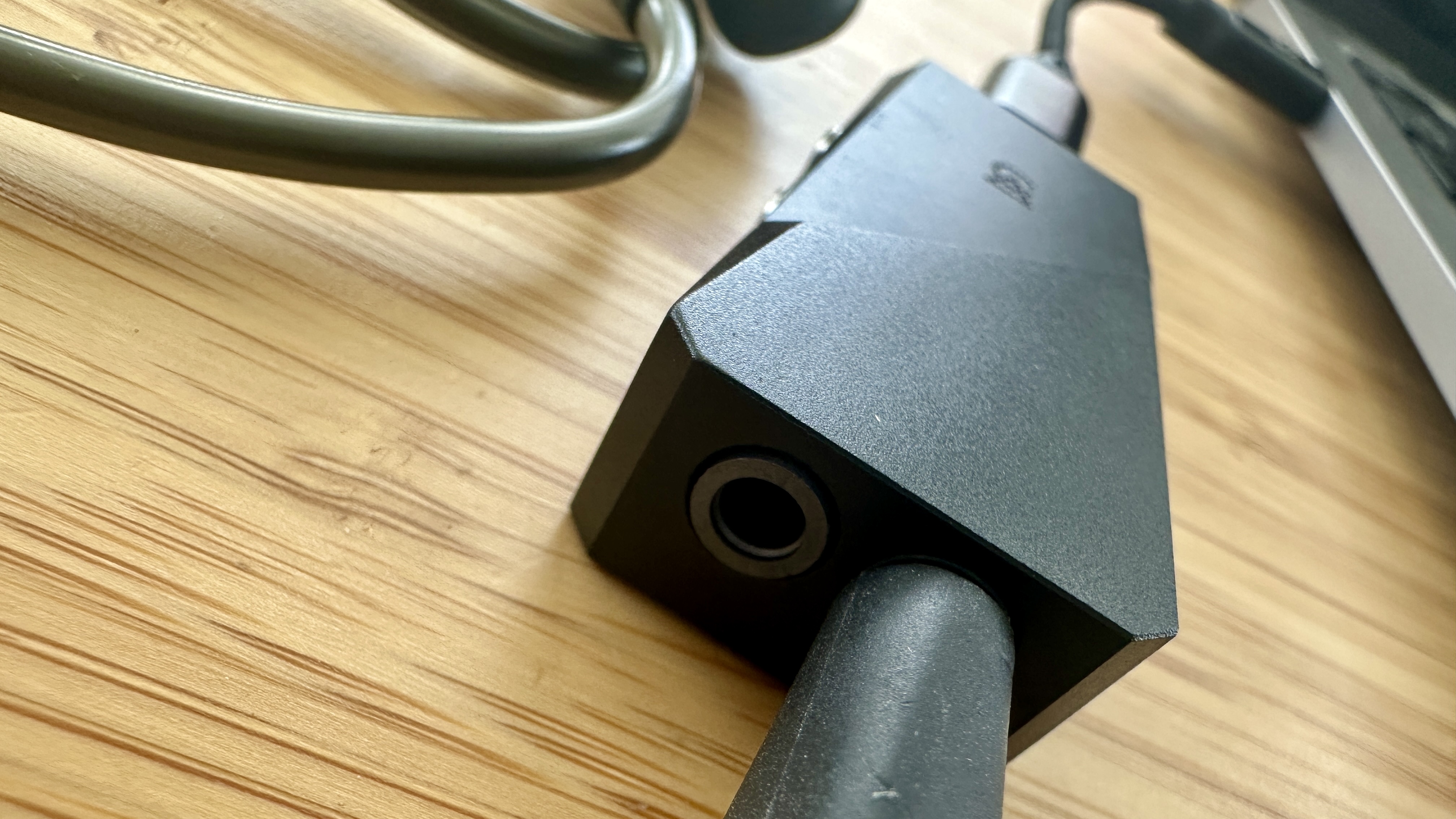
Campfire Audio Relay review: Design
- 57 x 23 x 10mm (HxWxD)
- Aluminum casework
- Only one finish available
In an admirable show of restraint, Campfire Audio has delivered a portable USB headphone amp/DAC that’s identifiably a portable USB headphone amp/DAC. It can’t have been easy – remember, this is a company that takes every opportunity to go to town where the design of its products is concerned.
About the Relay's only flourish is a little bit of angularity and asymmetry to the anodized aluminum casework. Campfire Audio provides a microfiber cloth and padded pouch to keep the finish in tip-top condition.
The casework itself is a usefully tidy 57 x 23 x 10mm (HxWxD) and the rear panel (which is made of plastic) features a little window affording a glimpse of the AKM DAC chip.
Design score: 4.5 / 5
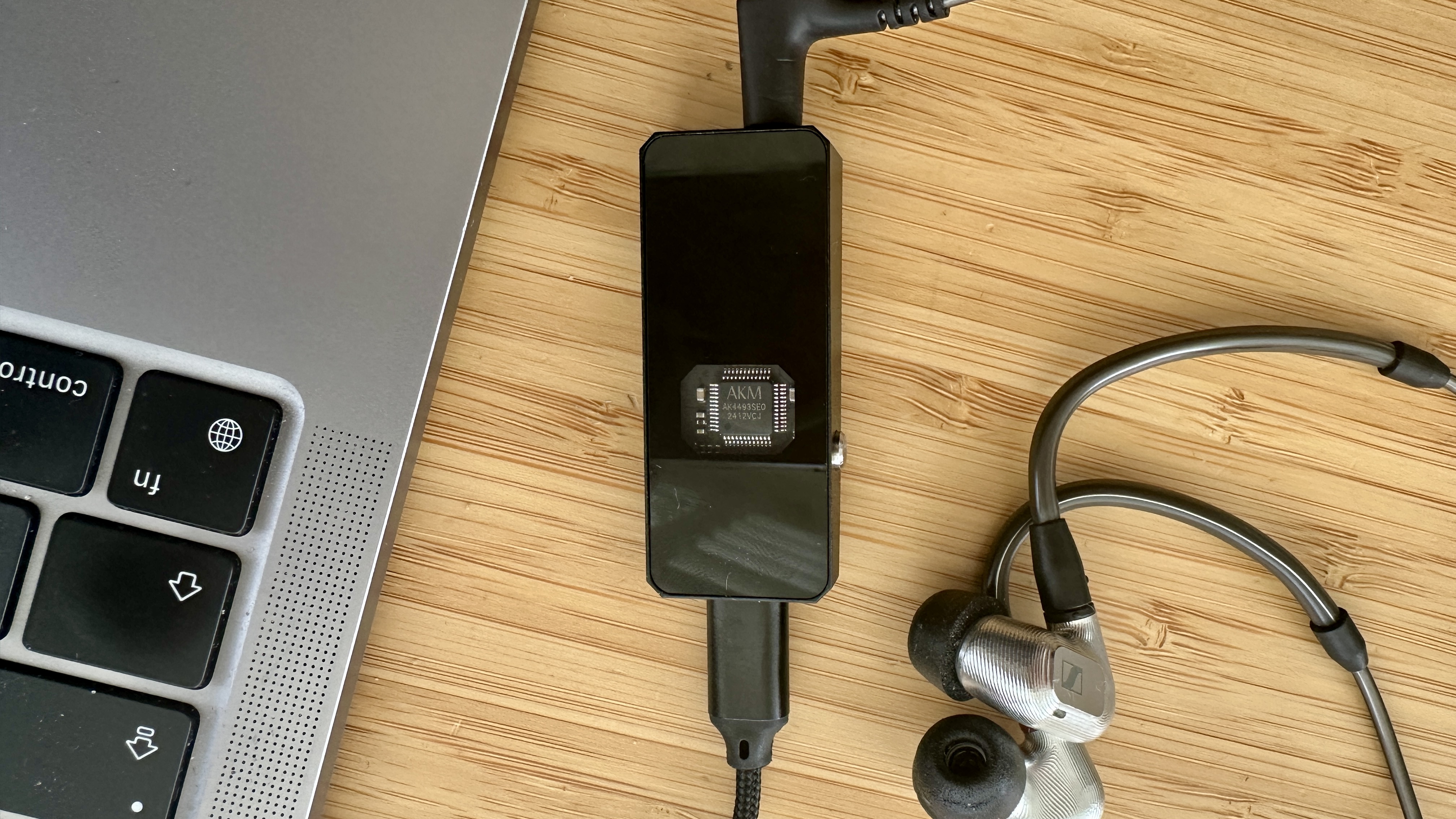
Campfire Audio review: Sound quality
- Forward, direct presentation
- Good tonal balance
- Endlessly upfront audio balance can be fatiguing
Connected to an Apple MacBook Pro via USB-C and with a pair of Sennheiser IE900 IEMs inserted to the 4.4mm output, the Campfire Audio Relay proves – not especially surprisingly – to offer a considerable improvement over the audio performance the laptop can muster by itself. In some ways, the upgrade is quite dramatic.
A 24bit/96kHz FLAC file of My Crud Princess by No Joy delivered by the Tidal app illustrates the point explicitly. The Relay is a forward, very positive listen that’s able to reveal a lot of detail in the recording – it has a good facility for giving even the more transient, fleeting occurrences the correct amount of weighting and puts them into convincing context. Its presentation is reasonably spacious (though its direct character means there’s not the greatest amount of ‘front/back’ space on the otherwise well-defined soundstage), and it ensures every element gets the sort of elbow room it needs in order to express itself.
The tonal balance is judicious, even if Campfire Audio’s suggestion that it’s “incredible” is stretching things a bit. Frequency response, too, is very nicely judged. From the top of the frequency range down to the bottom, the Relay is even-handed and plays no favorites. Low-frequency stuff is deep and solid, with good shape to bass sounds and sufficient control to attack that momentum levels are high and rhythms are described naturalistically.
The impressive control of attack and decay applies throughout the frequency range, in fact, which allows the Relay to present recordings of all types in a convincingly unified manner. It’s especially adept through the midrange, where voices in particular are packed with information regarding character and attitude as well as tone and texture.
Problems, such as they are, stem from the Campfire Audio’s default attitude of drive, attack and endless positivity. This direct and unequivocal nature is quite exciting on first acquaintance, and undeniably so when you’re listening to something like Da Funk by Daft Punk, but over time it’s a stance that can become quite wearying.
‘A good time all the time,’ can take its toll, and the Relay’s inability to relax or even ease back just a little, even when playing something as pastoral as Peter Broderick’s And It’s Alright, means you’re likely to become fatigued sooner rather than later.
Sound quality score: 4 / 5
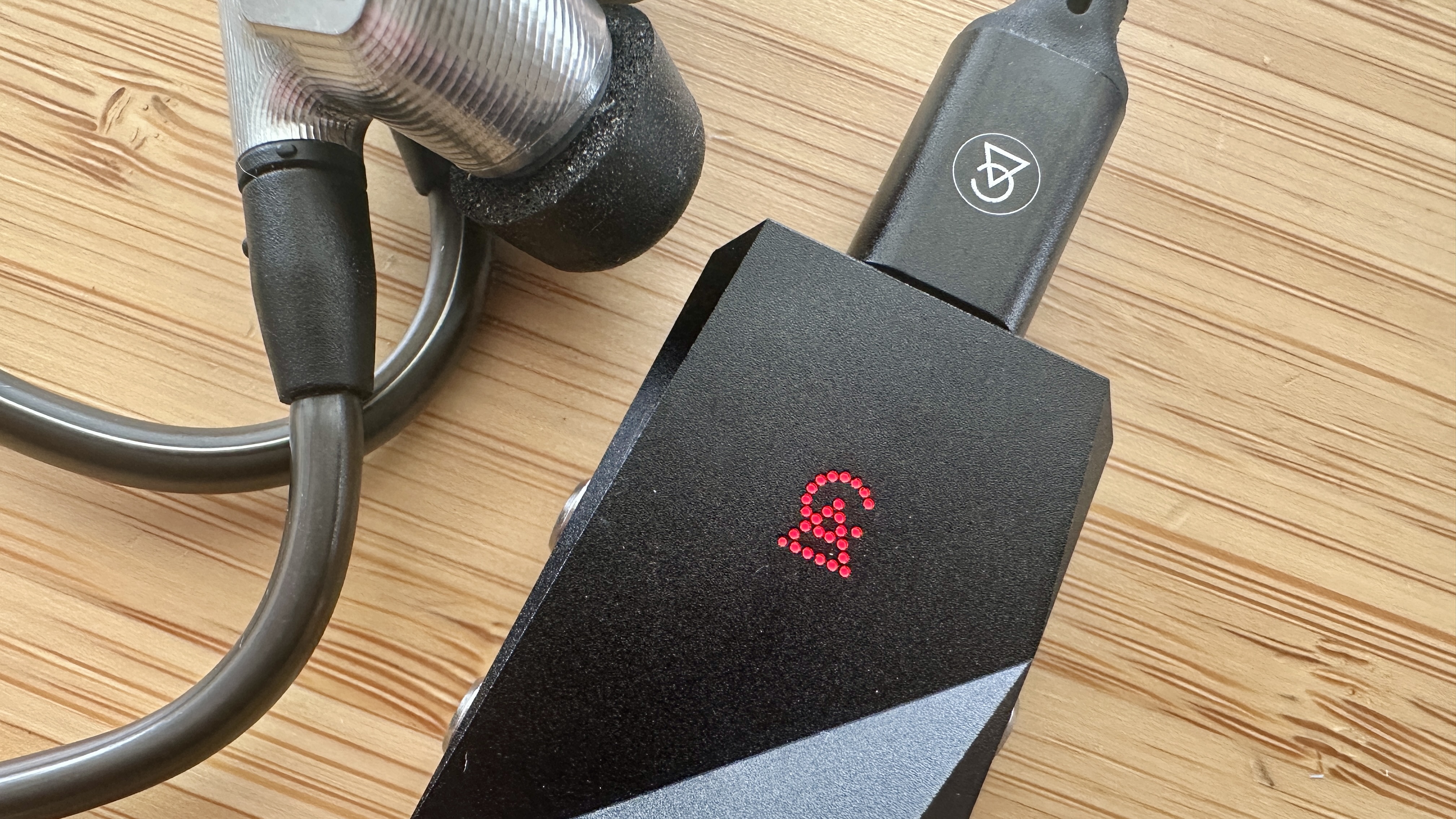
Campfire Audio review: Usability & setup
- Wide compatibility with source players…
- Although earlier Windows devices will require a driver
- Rudimentary user interface
On the front panel there’s a company logo that glows red when the Relay is operating, and blinks in a shade of lilac when any changes are made via the control buttons.
There’s one button on the right edge of the Relay - it deals with ‘play/pause’, ‘skip forwards/backwards’ and can toggle between ‘high gain’ and ‘low gain’. Two buttons on the left edge handle ‘volume up’ and ‘volume down’ - press and hold both at the same time and the device begins to cycle through its six different filter settings.
Campfire Audio recommends filter #5 (super slow roll-off) for optimal performance, which does rather make me wonder what the point of the other five settings is. It also recommends setting the volume of your source device to ‘maximum’ and then using the Relay to control volume – it has 60 volume increments, so you shouldn’t have too much difficulty getting to exactly the output level you’d like.
The company includes a 6cm length of braided, branded USB-C to USB-C cable to connect the Relay to your laptop or smartphone. The Relay is compatible with Windows, Mac OS, Android and iOS devices, though Windows 7/8 will require a driver to be downloaded.
Usability & setup score: 4/5
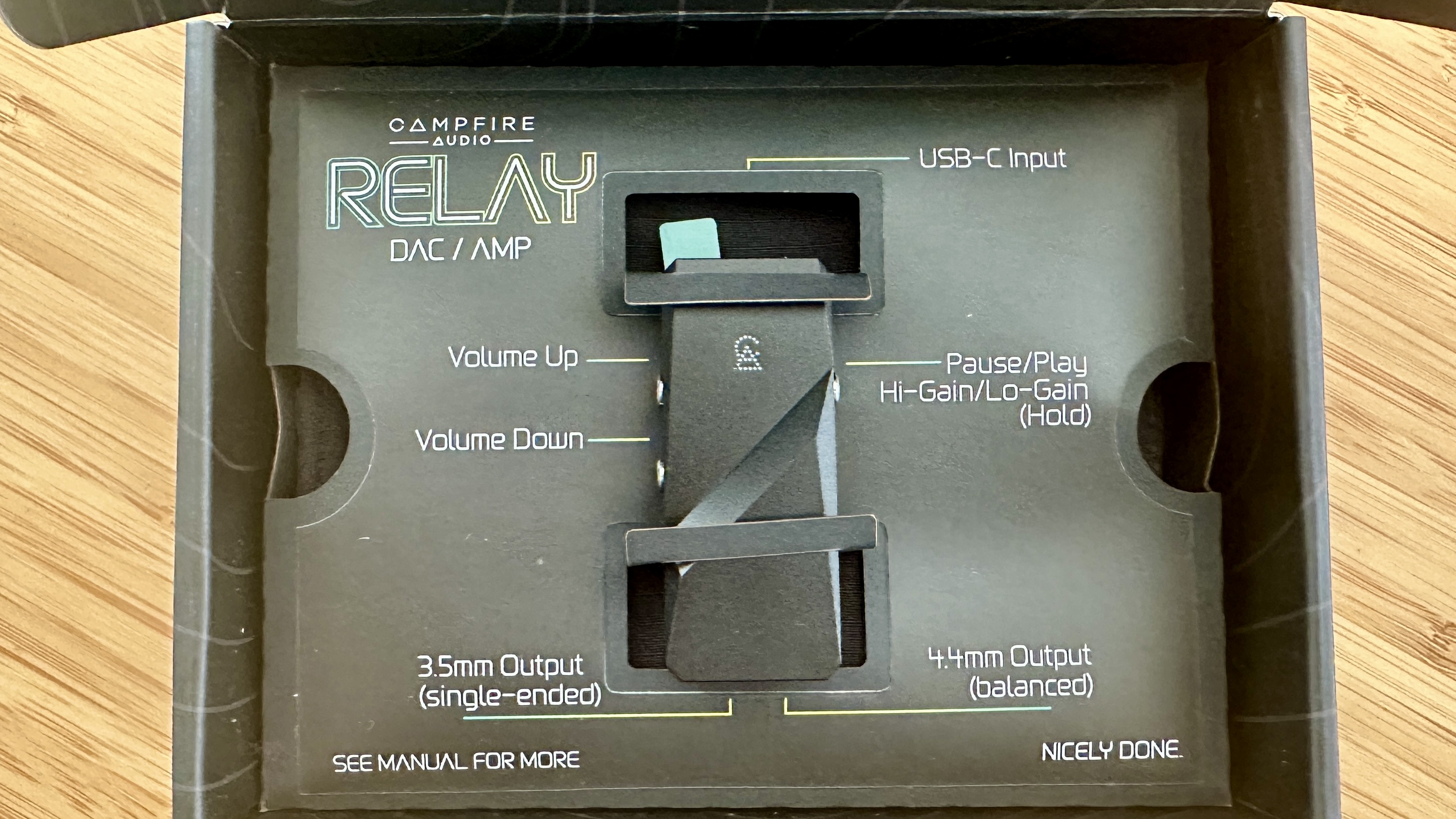
Campfire Audio Relay review: Value
This is a lot of money for not much stuff, it’s true, but the effect this minimal amount of stuff can have on the music you’re listening to can be quite profound.
Value score: 4/5
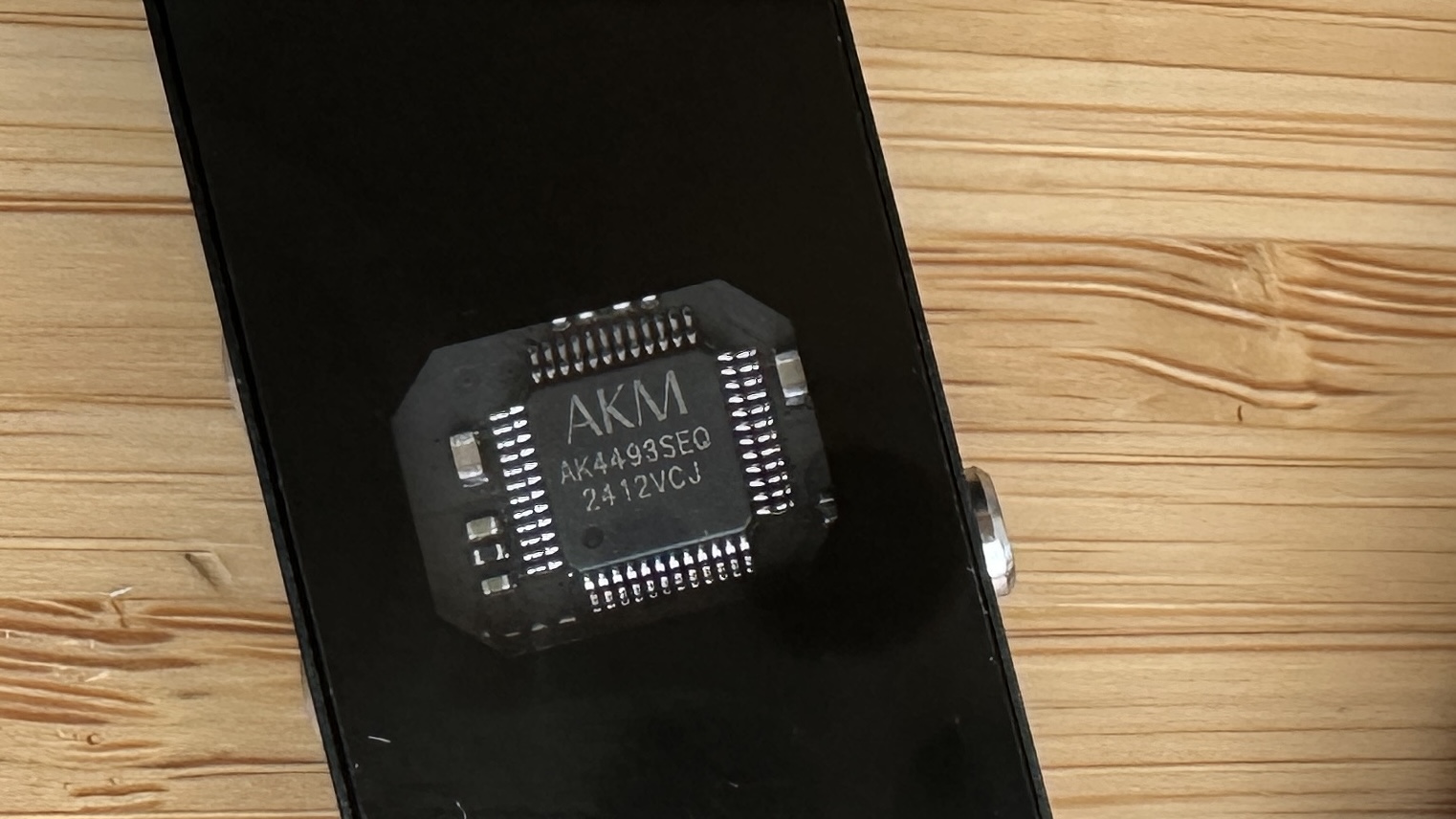
Should you buy Campfire Audio Relay?
Buy it if...
You have an ordinary laptop or smartphone
The Relay will turn it into a viable source of music.
You own some half-decent headphones…
…especially if they have a 4.4mm balanced connection option. The Campfire Audio will absolutely help make the most of them.
You like an upbeat kind of sound
There’s a perkiness and a forwardness to the Relay’s interpretation of music that's bordering on the relentless.
Don't buy it if...
Your iOS device has a Lightning connector
Campfire Audio says, “Lightning connection features a power-limiting mechanism that restricts the performance of your Relay.”
You’re interested in knowing the resolution of the file you’re listening to
You can find out, of course, but only by looking at your source player. The Relay won’t tell you.
You’re no Henry Ford
You can have any colour of Campfire Audio Relay you like as long as it’s black.
Campfire Audio Relay review: Also consider
Helm Audio Bolt
The Helm is not quite as impressively specified as the Relay, but it’s a very effective little device nevertheless. And it’s usefully cheaper than the Campfire Audio.
Read our in-depth Helm Audio Bolt review to learn more
iFi GO Link Max
More affordable still is the iFi GO Link Max, and on a pound-for-pound basis it remains the best USB headphone amp/DAC around. iFi knows exactly what’s what where products like this are concerned.
Read our full iFi GO Link Max review
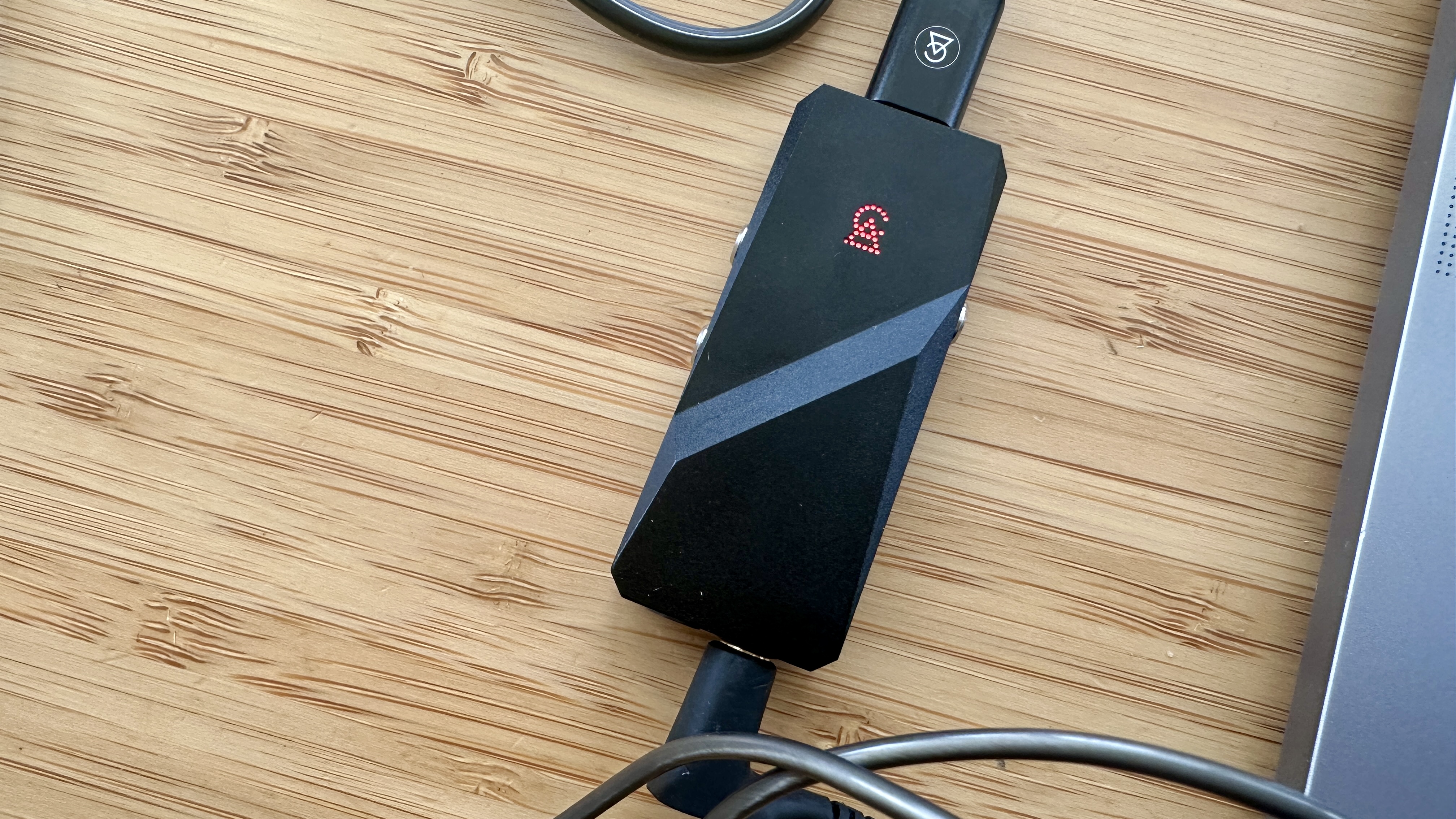
How I tested the Campfire Audio Relay review:
- Various headphones
- Various audio file types and sizes
- Various sources of music
I didn’t use it all day every day, but I kept the Campfire Audio Relay connected to either my FiiO M15S Digital Audio Player or my Apple MacBook Pro for well over a week, which is more than enough time to establish what it’s capable of.
I listened to lots of different types of music, in various file types and of lots of different resolutions, and I listened both indoors and outdoors.
I used expensive IEMs via the 4.4mm balanced output and absolutely bog-standard over-ear headphones connected to the 3.5mm unbalanced output.
First reviewed August 2025

Simon Lucas is a senior editorial professional with deep experience of print/digital publishing and the consumer electronics landscape. Based in Brighton, Simon worked at TechRadar's sister site What HiFi? for a number of years, as both a features editor and a digital editor, before embarking on a career in freelance consultancy, content creation, and journalism for some of the biggest brands and publications in the world.
With enormous expertise in all things home entertainment, Simon reviews everything from turntables to soundbars for TechRadar, and also likes to dip his toes into longform features and buying guides. His bylines include GQ, The Guardian, Hi-Fi+, Metro, The Observer, Pocket Lint, Shortlist, Stuff T3, Tom's Guide, Trusted Reviews, and more.
You must confirm your public display name before commenting
Please logout and then login again, you will then be prompted to enter your display name.
